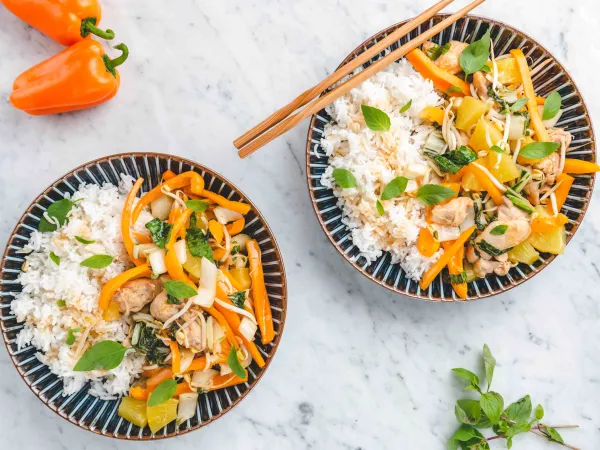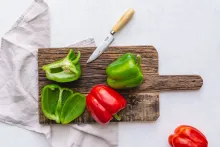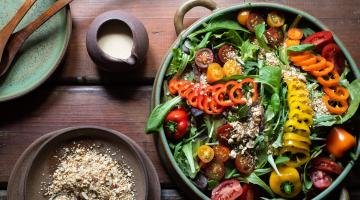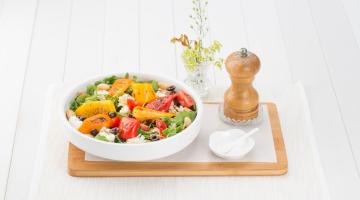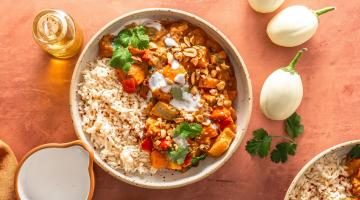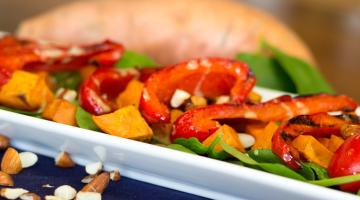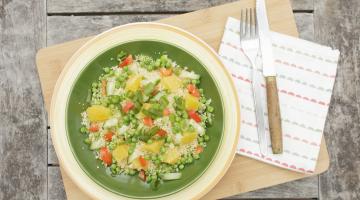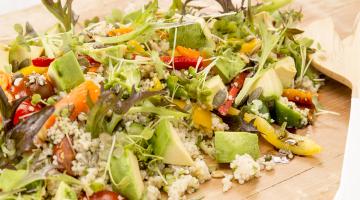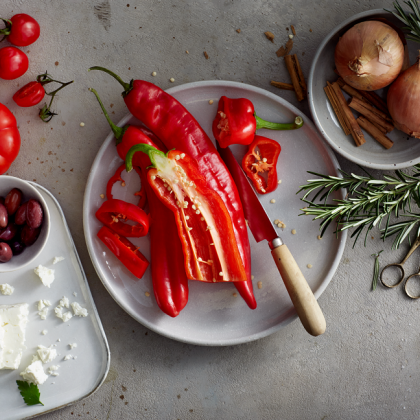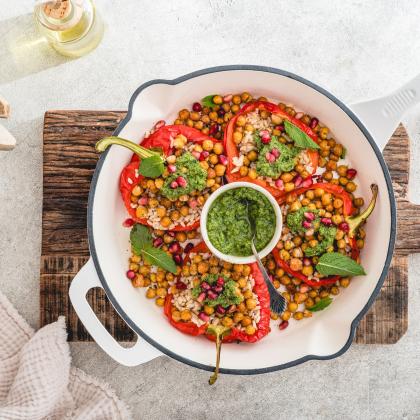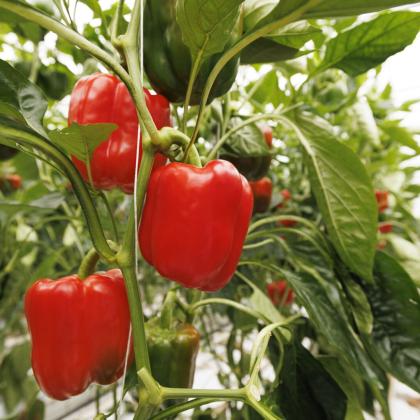Sweet pepper recipes
In almost every country you will find a delicious dish in which peppers play the leading role. From Muhammara, the Middle Eastern sweet pepper dip with walnuts to sweet pepper soup and goulash from Hungary. Not forgetting about the stuffed sweet pepper - an absolute classic from the Balkans that has now become a popular dish here in the UK, particularly during the summer months.
Pepper shapes and sizes
We all know green, red, yellow and orange peppers - but did you know that there are even purple peppers? And what's even more special: all those colours can grow on the same plant. Green peppers are actually young, unripe peppers. They are picked early and therefore have a slightly bitter, fresher, grassy flavour. If you leave them to ripen on the plant, they turn into yellow, orange and red peppers - these are sweeter because they are fully ripe.
Peppers don't just come in the familiar ‘blocky’ form, sweet pointed peppers have become more popular recently. Ideal for filling lengthwise, perfect for roasting in the oven and often even sweeter than their blocky counterparts. And then, of course, there are snack peppers! Small, crunchy, almost seedless and super easy to eat on-the-go. Whether you want big or small, sweet or crunchy – there’s a pepper for every occasion!
Preparing sweet peppers
Roasted
Roasted sweet pepper, peeling sweet pepper
Roasted sweet pepper from the oven is a delicious way to enhance the natural flavours. The pepper develops a more intense flavour and is a delicious way to prepare them for making soups or sauces. Preheat the oven to 200 degrees and place the peppers on a baking tray. Roast them for about 20-30 minutes, until the skin is blackened. Let them cool then simply peel off the skin and remove the seeds.
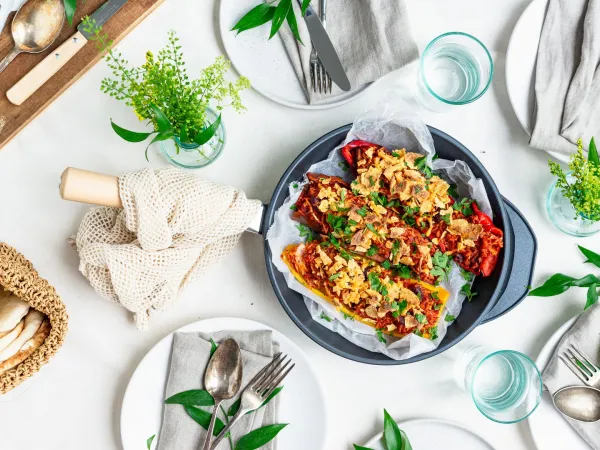
Stir-fry
Stir-fry sweet pepper
You can cut peppers into strips or cubes. Heat olive oil in the wok, fry the peppers for about 4-5 minutes so they maintain their bite.
